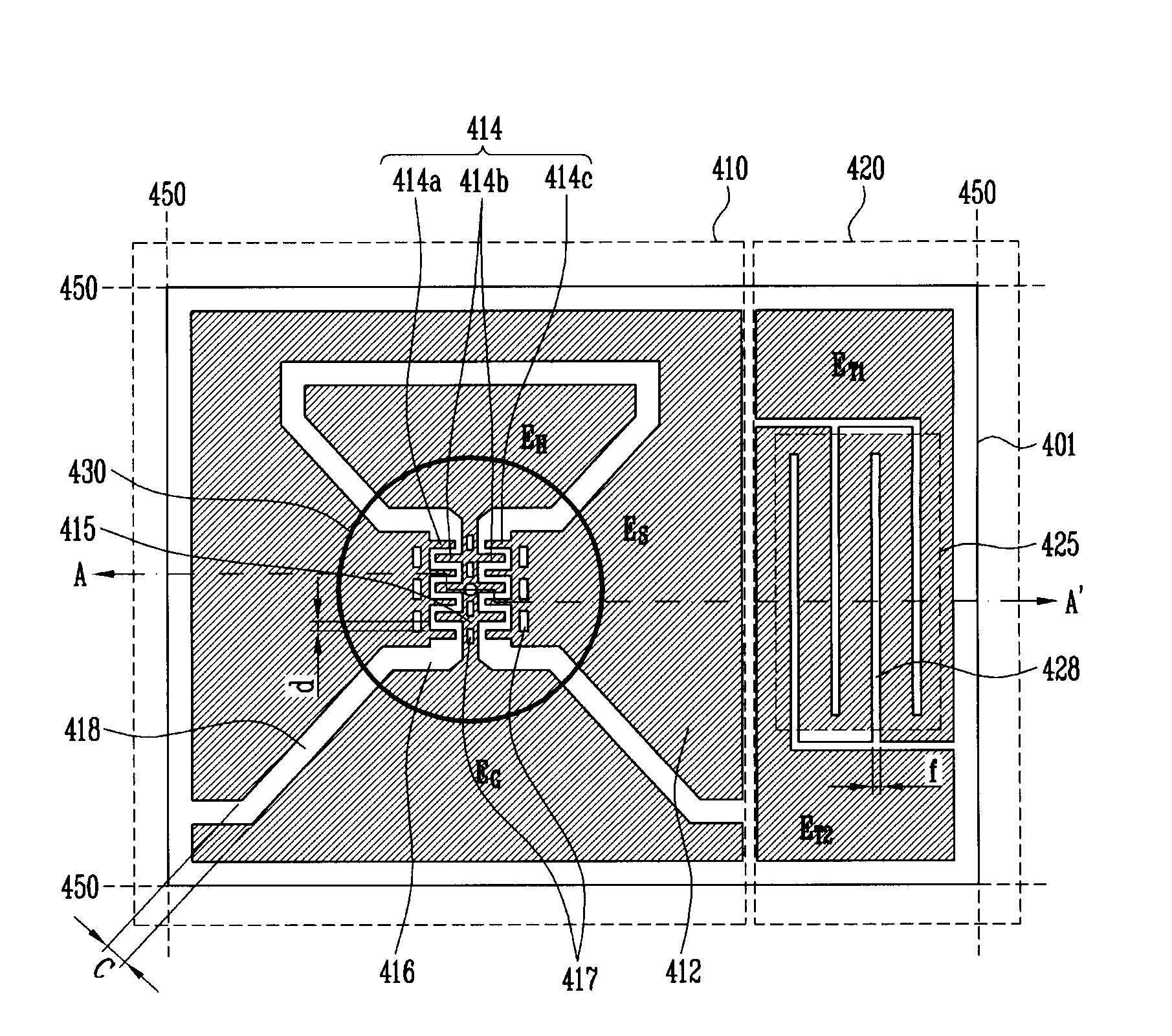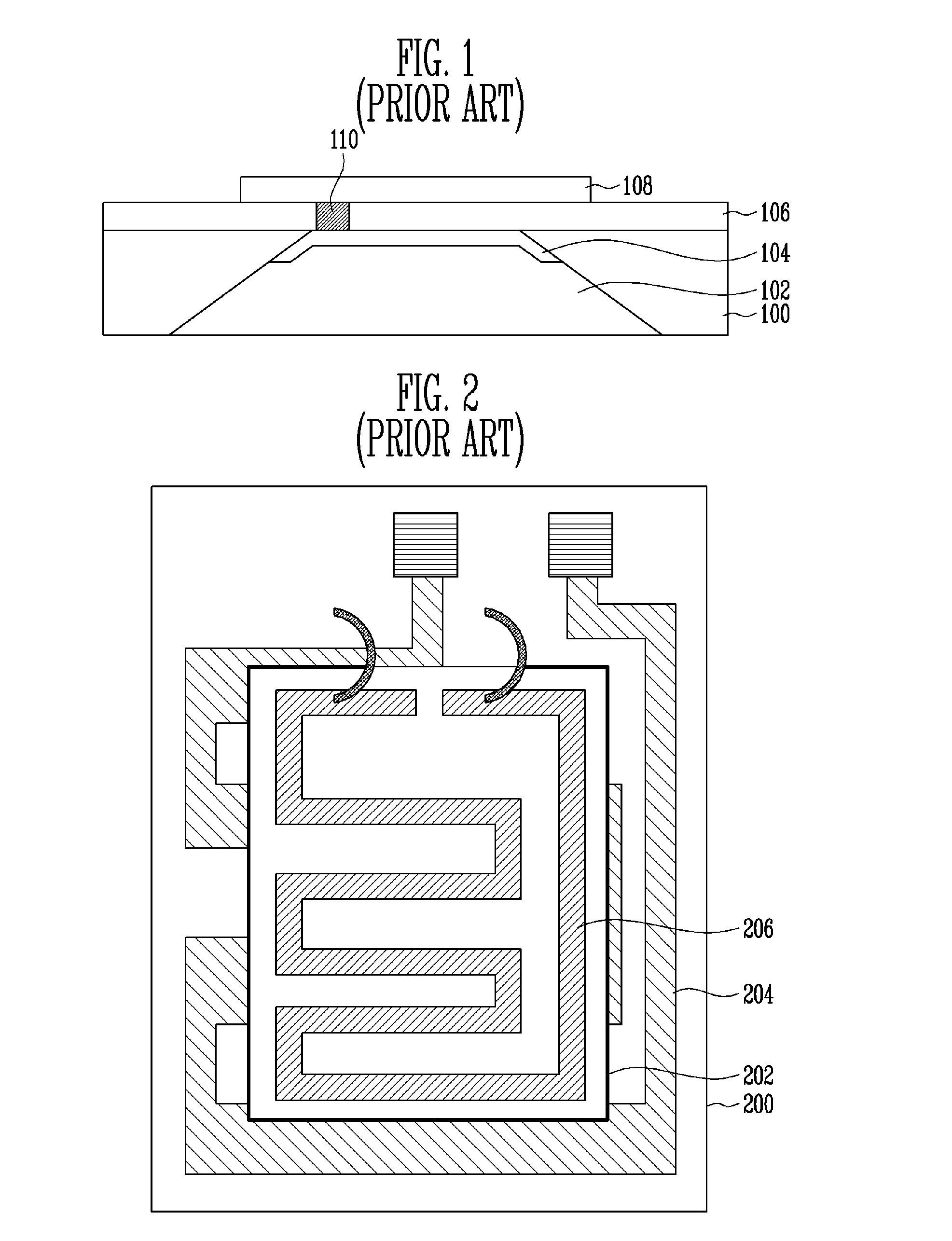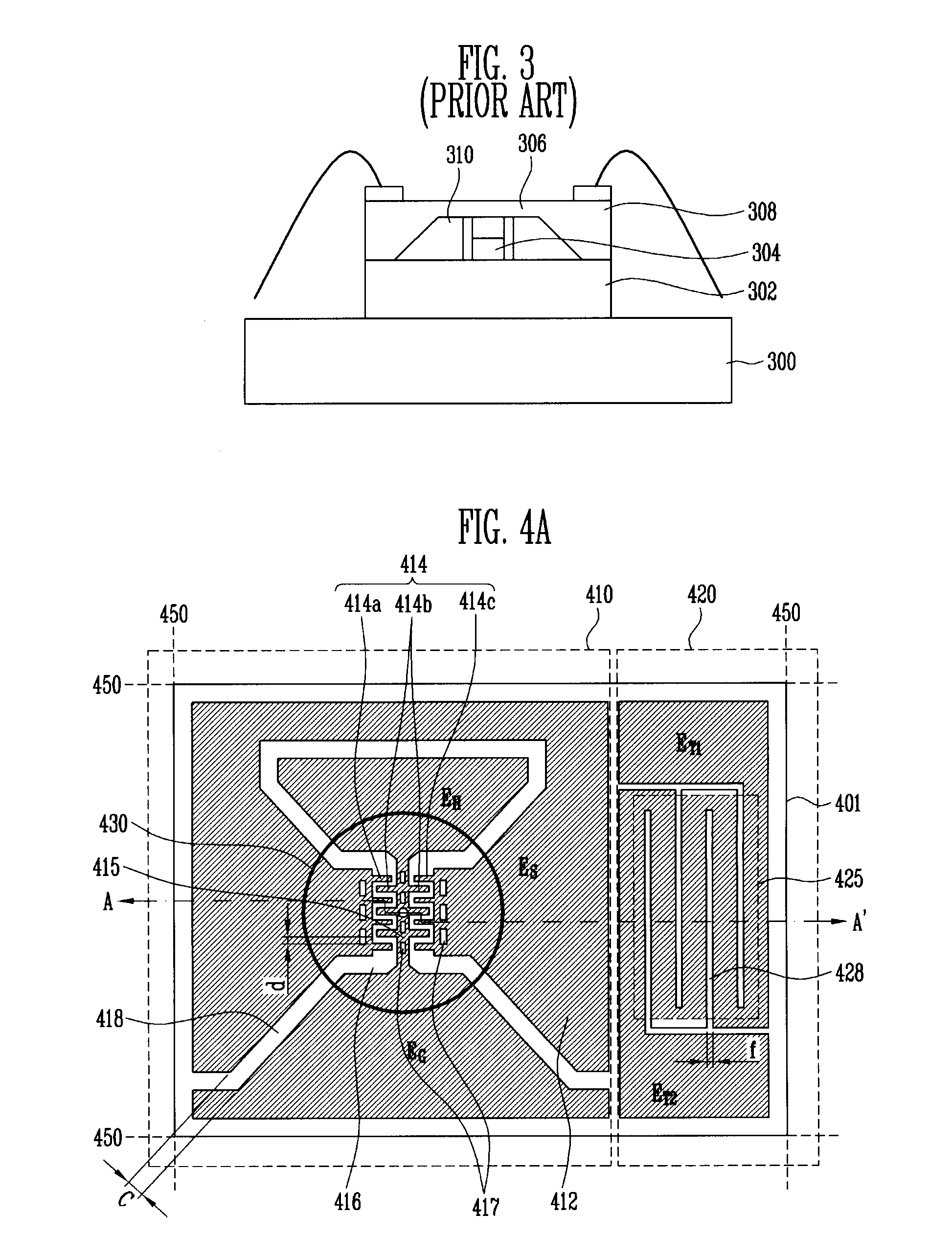Humidity sensor and method of manufacturing the same
a technology of humidity sensor and sensitive layer, which is applied in the field of humidity sensor, can solve the problems of low sensitivity of humidity sensor using sensitive layer, high hysteresis in response to its surroundings, and response time of several minutes, and achieves low hysteresis, high sensitivity, and quick response time
- Summary
- Abstract
- Description
- Claims
- Application Information
AI Technical Summary
Benefits of technology
Problems solved by technology
Method used
Image
Examples
Embodiment Construction
[0038]Hereinafter, the present invention will be described with reference to the accompanying drawings in detail. This invention may, however, be embodied in different forms and should not be construed as limited to the embodiments set forth herein. Rather, these embodiments are provided so that this disclosure will be thorough and complete, and will fully convey the scope of the invention to those skilled in the art. Like numbers refer to like elements throughout the specification.
[0039]Throughout the specification, one part “includes” a component, which, not illustrated otherwise, does not mean another component is omitted, but another component may be further included.
[0040]FIG. 4A is a plan view of a humidity sensor according to an exemplary embodiment of the present invention, and FIG. 4B is a cross-sectional view taken along line A-A′ of FIG. 4A.
[0041]Referring to FIGS. 4A and 4B, the humidity sensor according to an exemplary embodiment of the present invention includes a subs...
PUM
 Login to View More
Login to View More Abstract
Description
Claims
Application Information
 Login to View More
Login to View More - R&D
- Intellectual Property
- Life Sciences
- Materials
- Tech Scout
- Unparalleled Data Quality
- Higher Quality Content
- 60% Fewer Hallucinations
Browse by: Latest US Patents, China's latest patents, Technical Efficacy Thesaurus, Application Domain, Technology Topic, Popular Technical Reports.
© 2025 PatSnap. All rights reserved.Legal|Privacy policy|Modern Slavery Act Transparency Statement|Sitemap|About US| Contact US: help@patsnap.com



